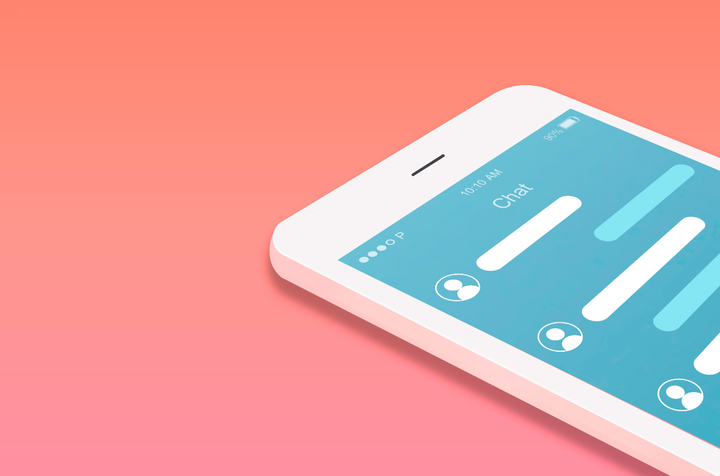Characterizing the Patterns of Electronic Health Record-Integrated Secure Messaging Use - Cross-Sectional Study

Abstract
Background Communication among health care professionals is essential for the delivery of safe clinical care. Secure messaging has rapidly emerged as a new mode of asynchronous communication. Despite its popularity, relatively little is known about how secure messaging is used and how such use contributes to communication burden.
Objective This study aims to characterize the use of an electronic health record–integrated secure messaging platform across 14 hospitals and 263 outpatient clinics within a large health care system.
Methods We collected metadata on the use of the Epic Systems Secure Chat platform for 6 months (July 2022 to January 2023). Information was retrieved on message volume, response times, message characteristics, messages sent and received by users, user roles, and work settings (inpatient vs outpatient).
Results A total of 32,881 users sent 9,639,149 messages during the study. Median daily message volume was 53,951 during the first 2 weeks of the study and 69,526 during the last 2 weeks, resulting in an overall increase of 29% (P=.03). Nurses were the most frequent users of secure messaging (3,884,270/9,639,149, 40% messages), followed by physicians (2,387,634/9,639,149, 25% messages), and medical assistants (1,135,577/9,639,149, 12% messages). Daily message frequency varied across users; inpatient advanced practice providers and social workers interacted with the highest number of messages per day (median 19). Conversations were predominantly between 2 users (1,258,036/1,547,879, 81% conversations), with a median of 2 conversational turns and a median response time of 2.4 minutes. The largest proportion of inpatient messages was from nurses to physicians (972,243/4,749,186, 20% messages) and physicians to nurses (606,576/4,749,186, 13% messages), while the largest proportion of outpatient messages was from physicians to nurses (344,048/2,192,488, 16% messages) and medical assistants to other medical assistants (236,694/2,192,488, 11% messages).
Conclusions Secure messaging was widely used by a diverse range of health care professionals, with ongoing growth throughout the study and many users interacting with more than 20 messages per day. The short message response times and high messaging volume observed highlight the interruptive nature of secure messaging, raising questions about its potentially harmful effects on clinician workflow, cognition, and errors.